Alien objects: Reuven Israel displays his new sculptures at Shulamit Nazarian
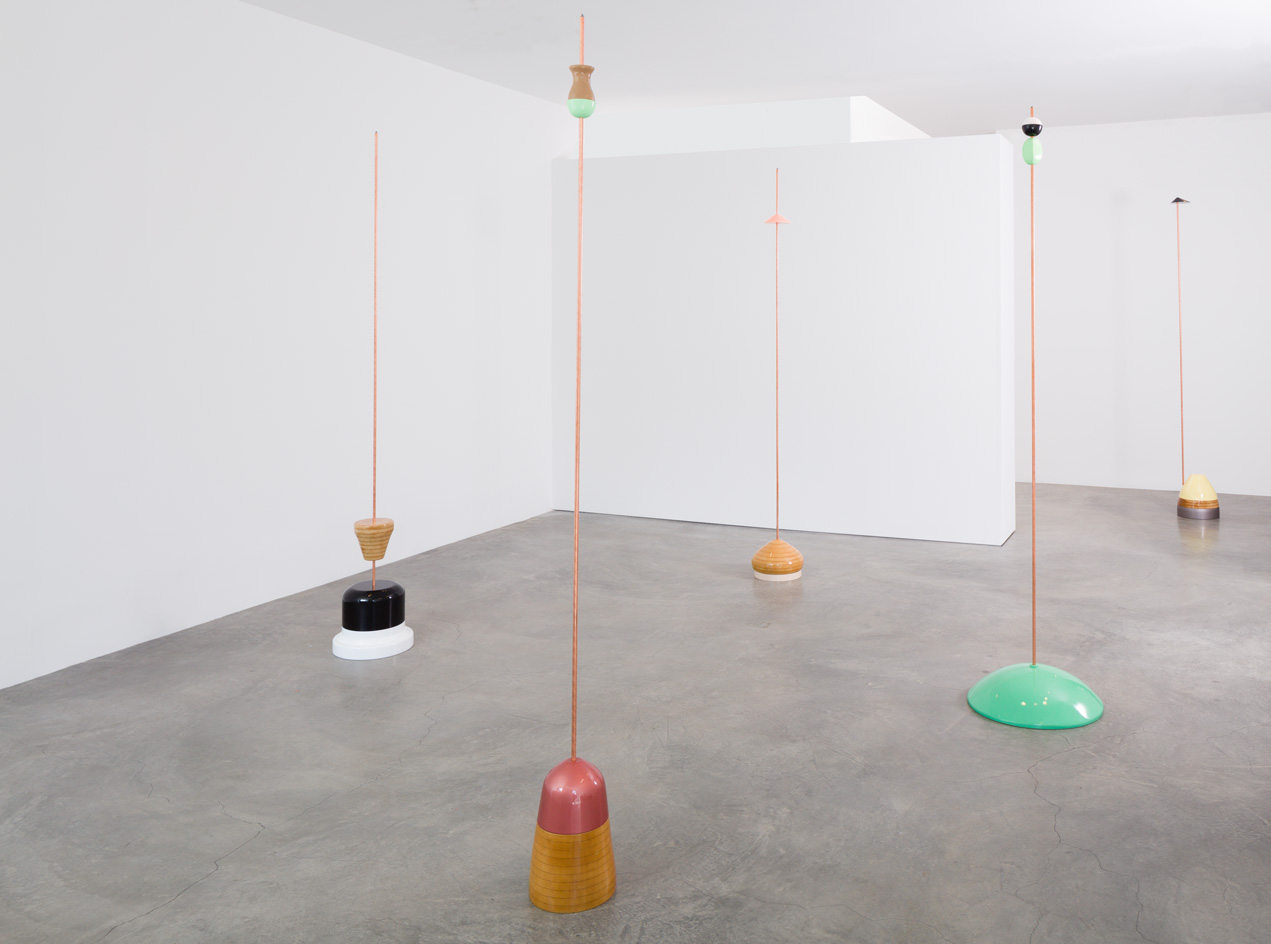
There’s something that doesn’t quite add up in Reuven Israel’s work. Stepping around his new sculptures – now showing at Shulamit Nazarian, Los Angeles, it’s as if you’ve seen them somewhere before. The works look back at you almost as inquiringly as you try to figure them out.
The Jerusalem-born, long-time Brooklyn-dwelling Israel has looked to many different areas for inspiration for his first solo appearance in the city, such as, 'various forms of spacecrafts, antennas, and ritualised structures and objects of the past – temples, pottery, instruments and weapons.' It’s not the form of those things that is recognisable in the work, though. 'Often, when I work on sculptures I’m not thinking of specific places, objects, or events, but rather their implied cultural meanings,' the artist explains, as he unveiled the exhibition, titled 'As Above, So Below'.
To get too much into his specific references would spoil the fun, but he does reveal that Arkady and Boris Strugatsky’s 1971 sci-fi novel, Roadside Picnic, an account of events after a visit by extraterrestrials that is only discovered thanks to the objects they left behind, was on his mind. 'I like for my sculptures to be encountered as autonomous objects, without being linked to a known source. I want them to hint to a utilitarian function, but one that is not specific or decoded,' Israel says. It explains the eerie familiarity his works have. 'Like the objects left by the aliens, with my sculptures the viewer is left to "reverse engineer" the object's implied purpose through form and geometry, all while its unhinged from a specific context.'
This is reflected in the way his sculptures are made, too. Though their polished surfaces appear to be industrially fabricated, with their mass-produced precision, they are in fact totally built by hand, using MDF that Israel cuts, glues, sands and shapes, before embarking on a process of coating with different layers of paints and lacquer, until he achieves their deceptive glossy finish. 'This creates a near perfect surface, which imitates the look of plastic, metal or porcelain.' When his labour intensive process is done, Israel looks forward to standing back and watching the audience react as they try to unravel what’s in front of them – much like the scientists before the alien ephemera in the Strugatskys’ book. 'I want the physicality of the individual pieces to deceive the viewer,' says Israel.
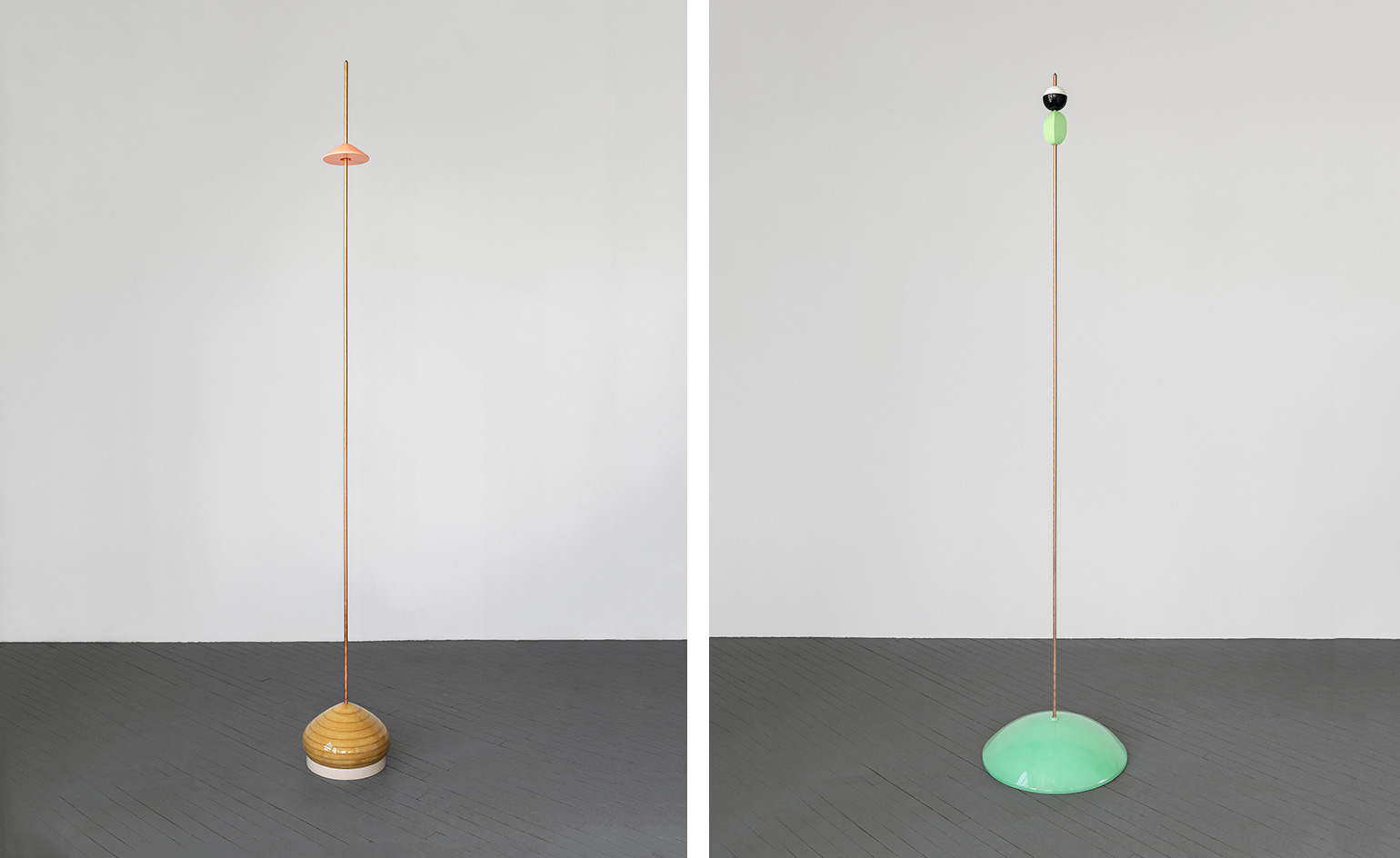
Israel has looked to many different areas for inspiration for his first solo appearance in the city, such as, 'various forms of spacecrafts, antennas, and ritualised structures and objects of the past – temples, pottery, instruments and weapons.' Pictured: At First Blush and Green
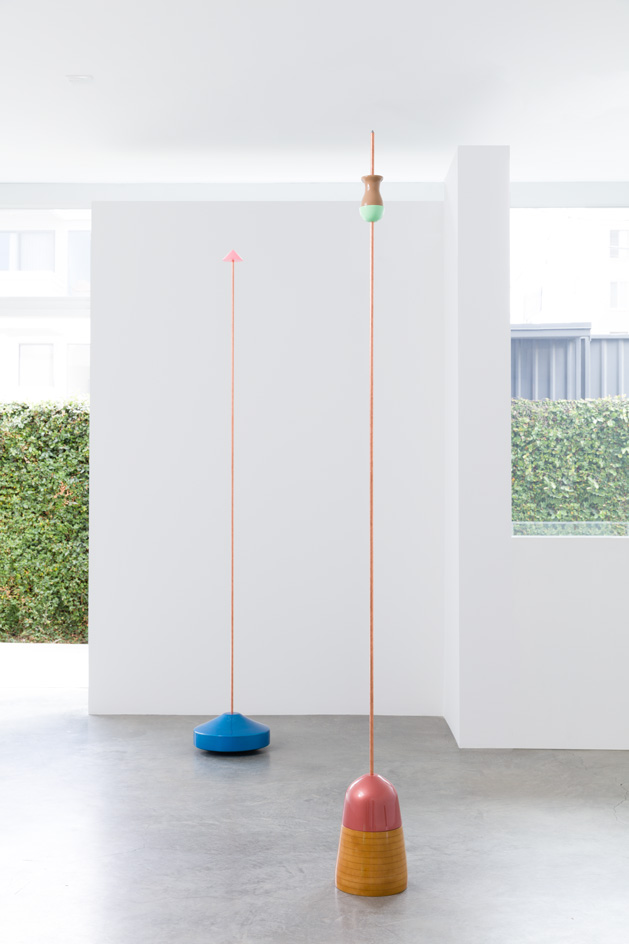
Israel revealed that Arkady and Boris Strugatsky’s 1971 sci-fi novel, Roadside Picnic, an account of events after a visit by extraterrestrials that is only discovered thanks to the objects they left behind, was on his mind. Pictured: Installation view
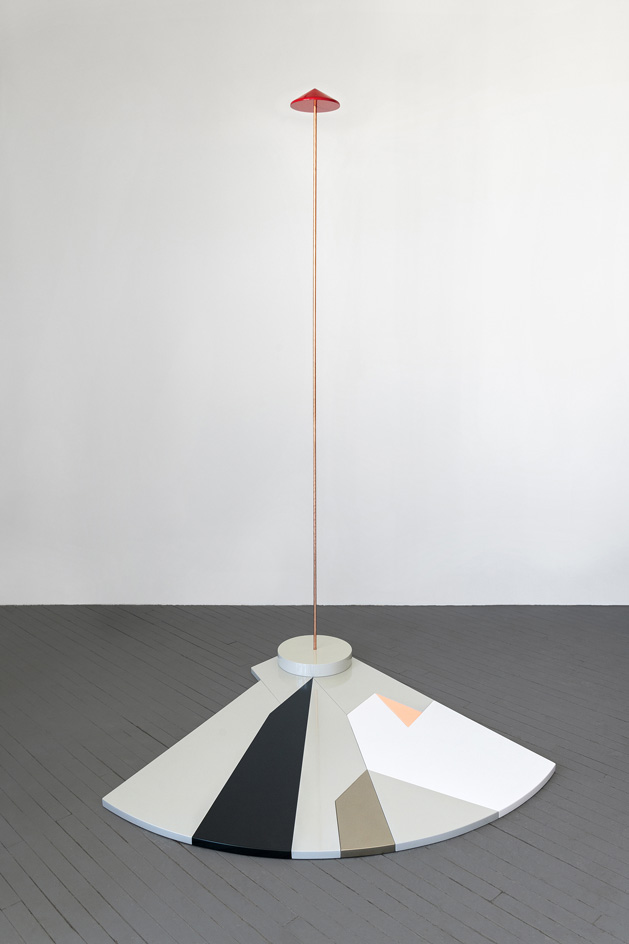
'Like the objects left by the aliens, with my sculptures the viewer is left to "reverse engineer" the object's implied purpose through form and geometry, all while its unhinged from a specific context,' says Israel. Pictured: White Collar
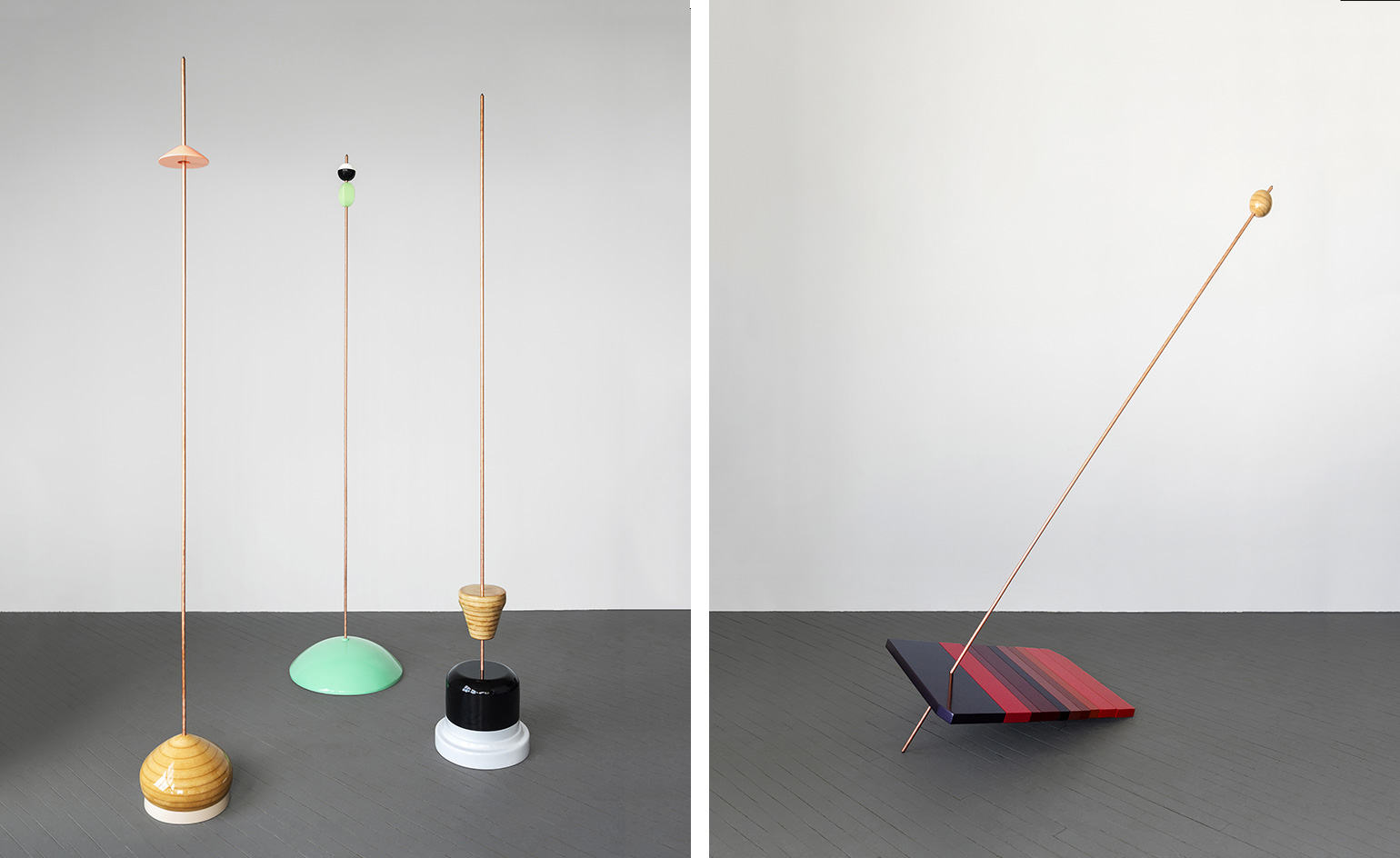
Israel's sculptures are in fact totally built by hand, using MDF that Israel cuts, glues, sands and shapes, before embarking on a process of coating with different layers of paints and lacquer, until he achieves their deceptive glossy finish. Pictured: Group and Red Neck
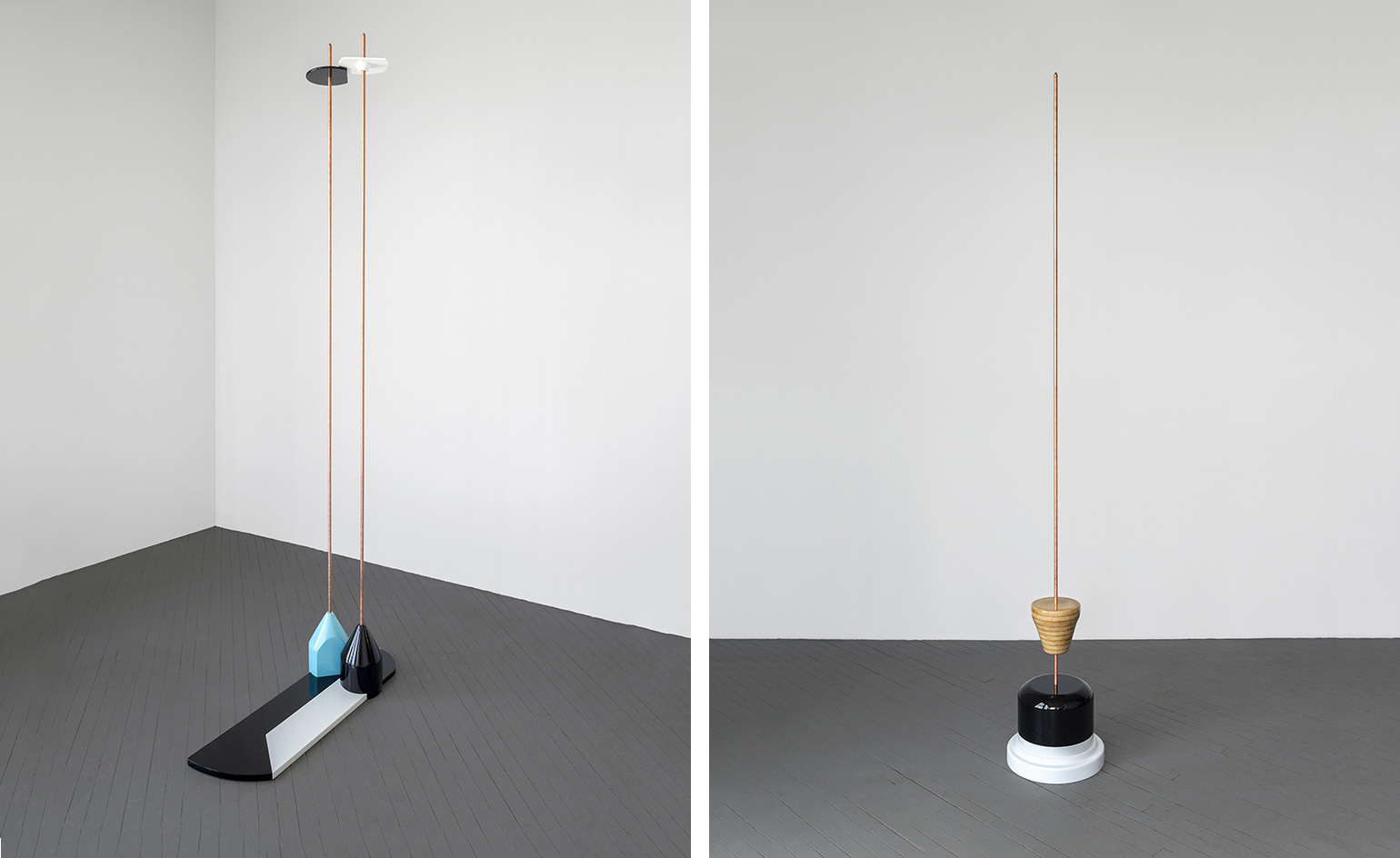
'I want the physicality of the individual pieces to deceive the viewer,' says Israel. Pictured: Black and Blue (left) and Blackout (right)
INFORMATION
'As Above, So Below' is on view until 28 October. For more information, visit the Shulamit Nazarian website
ADDRESS
17 N Venice Blvd, Venice, CA 90291
Wallpaper* Newsletter
Receive our daily digest of inspiration, escapism and design stories from around the world direct to your inbox.
Charlotte Jansen is a journalist and the author of two books on photography, Girl on Girl (2017) and Photography Now (2021). She is commissioning editor at Elephant magazine and has written on contemporary art and culture for The Guardian, the Financial Times, ELLE, the British Journal of Photography, Frieze and Artsy. Jansen is also presenter of Dior Talks podcast series, The Female Gaze.
-
 Naoto Fukasawa sparks children’s imaginations with play sculptures
Naoto Fukasawa sparks children’s imaginations with play sculpturesThe Japanese designer creates an intuitive series of bold play sculptures, designed to spark children’s desire to play without thinking
By Danielle Demetriou
-
 Japan in Milan! See the highlights of Japanese design at Milan Design Week 2025
Japan in Milan! See the highlights of Japanese design at Milan Design Week 2025At Milan Design Week 2025 Japanese craftsmanship was a front runner with an array of projects in the spotlight. Here are some of our highlights
By Danielle Demetriou
-
 Tour the best contemporary tea houses around the world
Tour the best contemporary tea houses around the worldCelebrate the world’s most unique tea houses, from Melbourne to Stockholm, with a new book by Wallpaper’s Léa Teuscher
By Léa Teuscher
-
 Leonard Baby's paintings reflect on his fundamentalist upbringing, a decade after he left the church
Leonard Baby's paintings reflect on his fundamentalist upbringing, a decade after he left the churchThe American artist considers depression and the suppressed queerness of his childhood in a series of intensely personal paintings, on show at Half Gallery, New York
By Orla Brennan
-
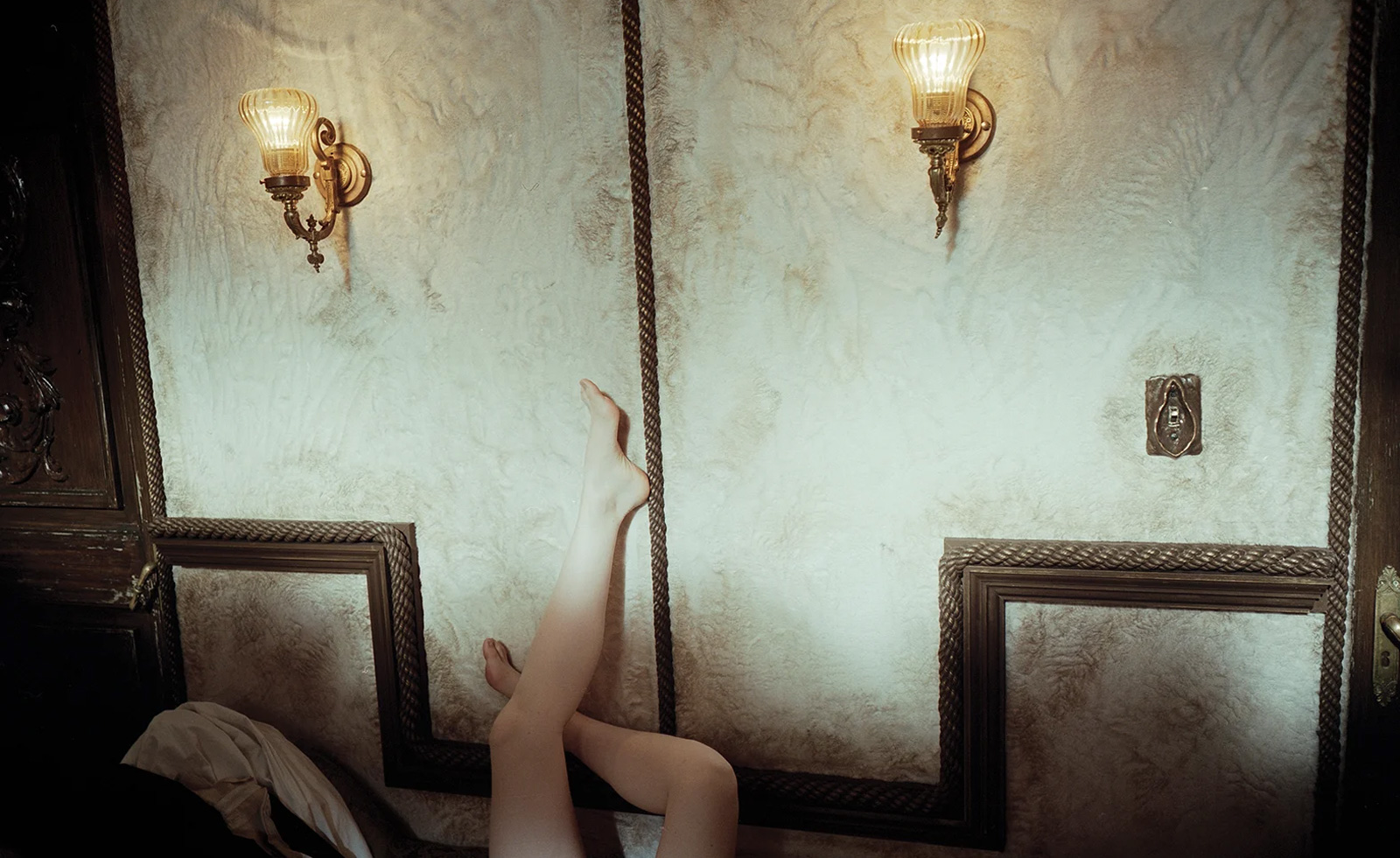 Unlike the gloriously grotesque imagery in his films, Yorgos Lanthimos’ photographs are quietly beautiful
Unlike the gloriously grotesque imagery in his films, Yorgos Lanthimos’ photographs are quietly beautifulAn exhibition at Webber Gallery in Los Angeles presents Yorgos Lanthimos’ photography
By Katie Tobin
-
 Desert X 2025 review: a new American dream grows in the Coachella Valley
Desert X 2025 review: a new American dream grows in the Coachella ValleyWill Jennings reports from the epic California art festival. Here are the highlights
By Will Jennings
-
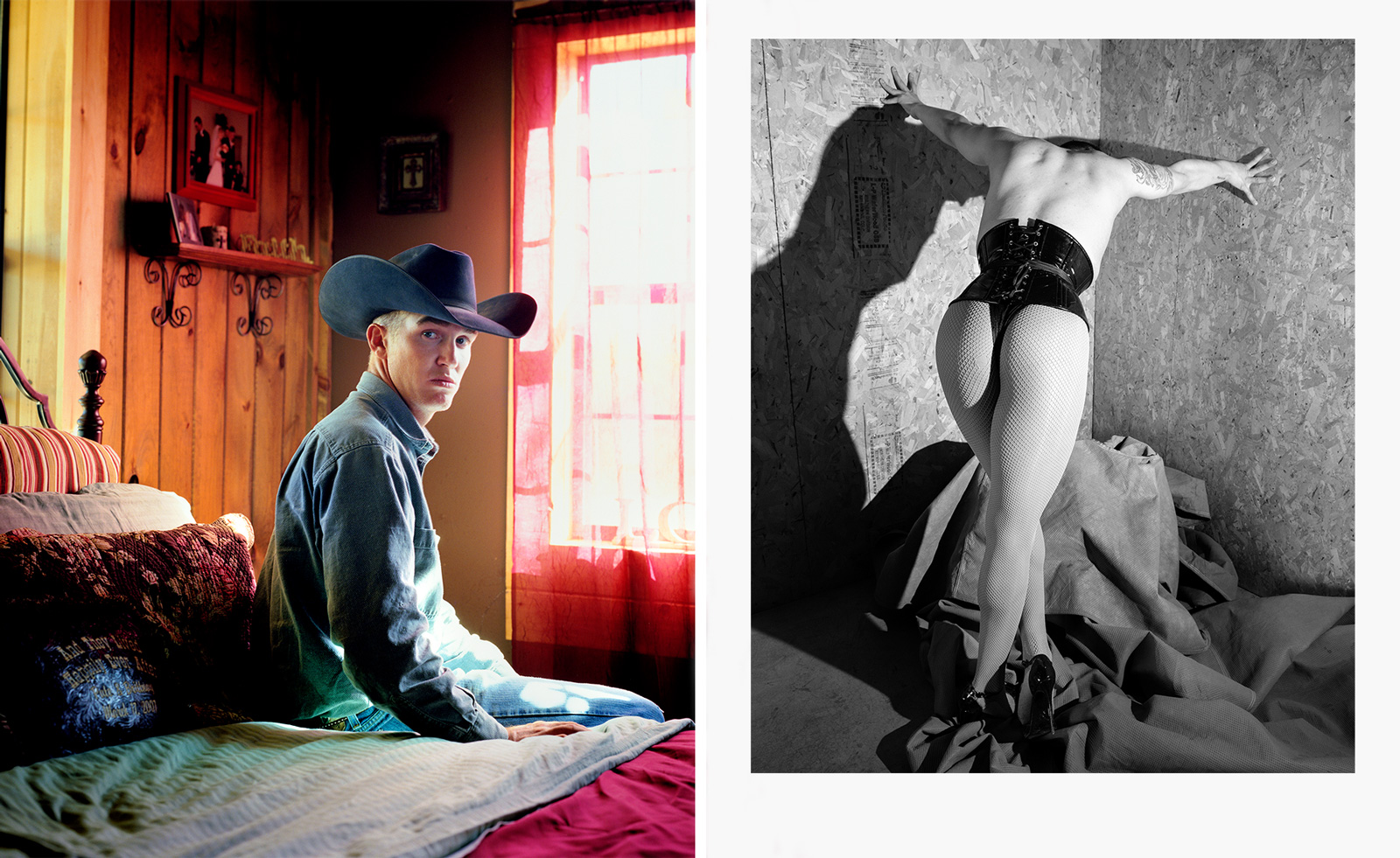 Cowboys and Queens: Jane Hilton's celebration of culture on the fringes
Cowboys and Queens: Jane Hilton's celebration of culture on the fringesPhotographer Jane Hilton captures cowboy and drag queen culture for a new exhibition and book
By Hannah Silver
-
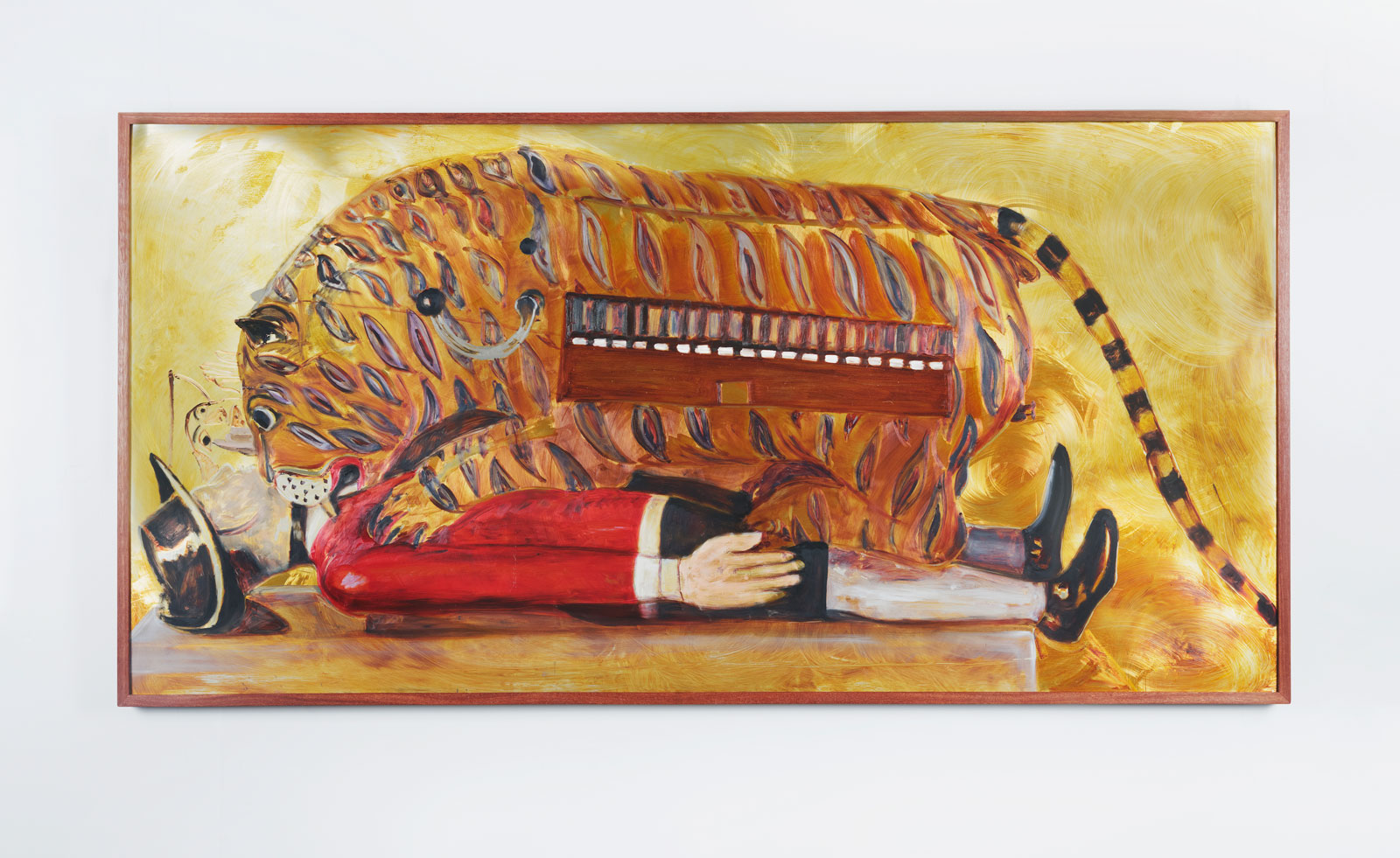 New gallery Rajiv Menon Contemporary brings contemporary South Asian and diasporic art to Los Angeles
New gallery Rajiv Menon Contemporary brings contemporary South Asian and diasporic art to Los Angeles'Exhibitionism', the inaugural showcase at Rajiv Menon Contemporary gallery in Hollywood, examines the boundaries of intimacy
By Aastha D
-
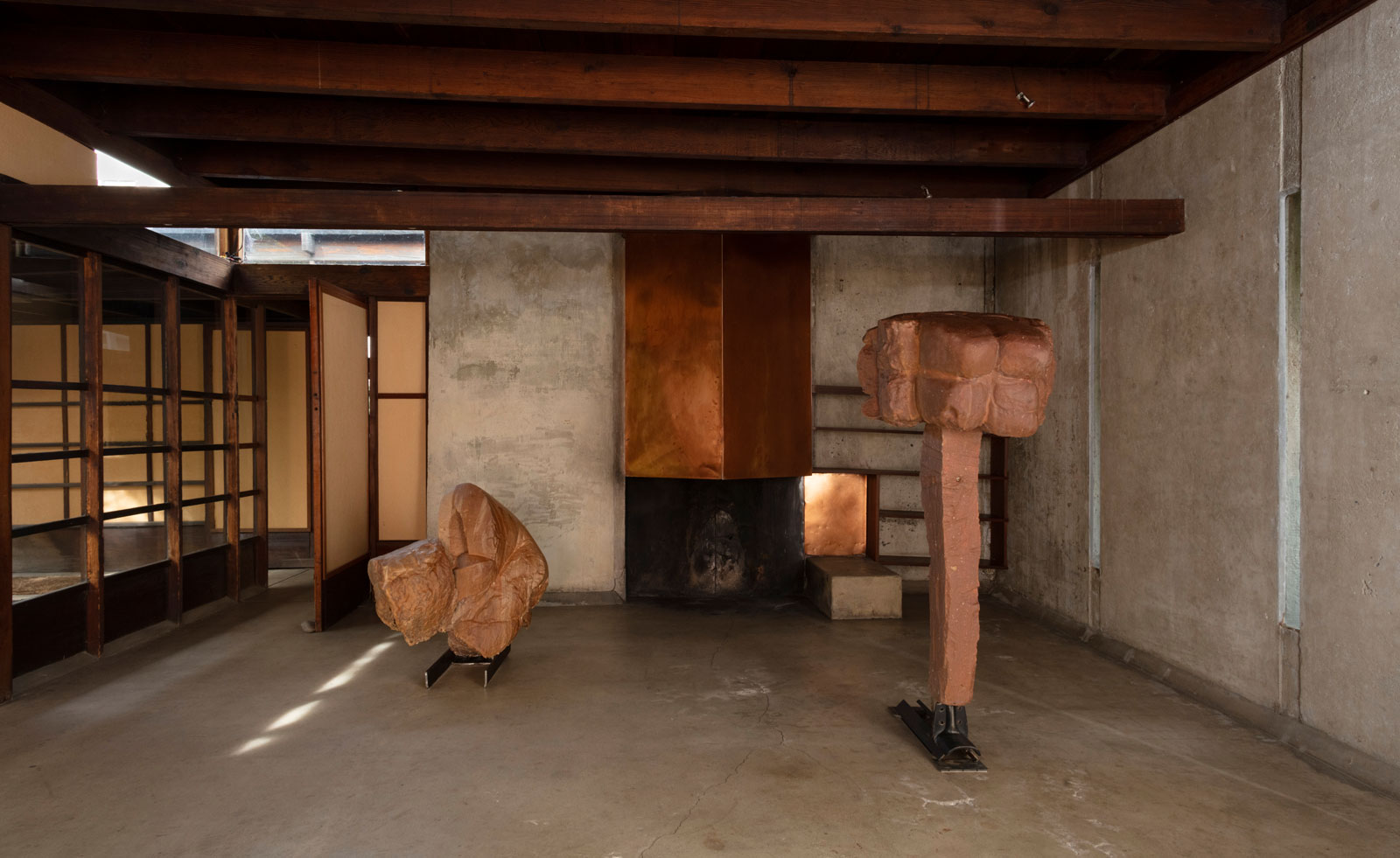 Helmut Lang showcases his provocative sculptures in a modernist Los Angeles home
Helmut Lang showcases his provocative sculptures in a modernist Los Angeles home‘Helmut Lang: What remains behind’ sees the artist and former fashion designer open a new show of works at MAK Center for Art and Architecture at the Schindler House
By Francesca Perry
-
 In ‘The Last Showgirl’, nostalgia is a drug like any other
In ‘The Last Showgirl’, nostalgia is a drug like any otherGia Coppola takes us to Las Vegas after the party has ended in new film starring Pamela Anderson, The Last Showgirl
By Billie Walker
-
 ‘American Photography’: centuries-spanning show reveals timely truths
‘American Photography’: centuries-spanning show reveals timely truthsAt the Rijksmuseum in Amsterdam, Europe’s first major survey of American photography reveals the contradictions and complexities that have long defined this world superpower
By Daisy Woodward